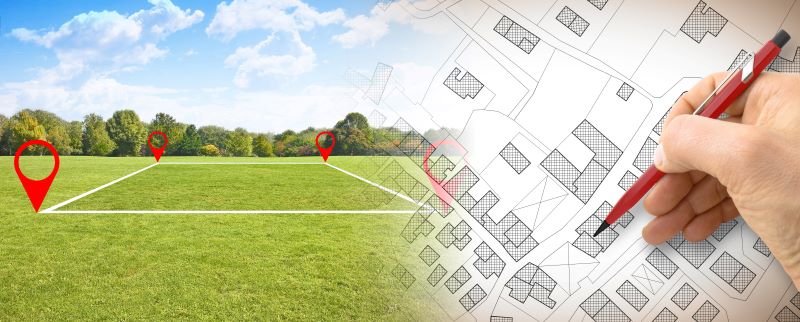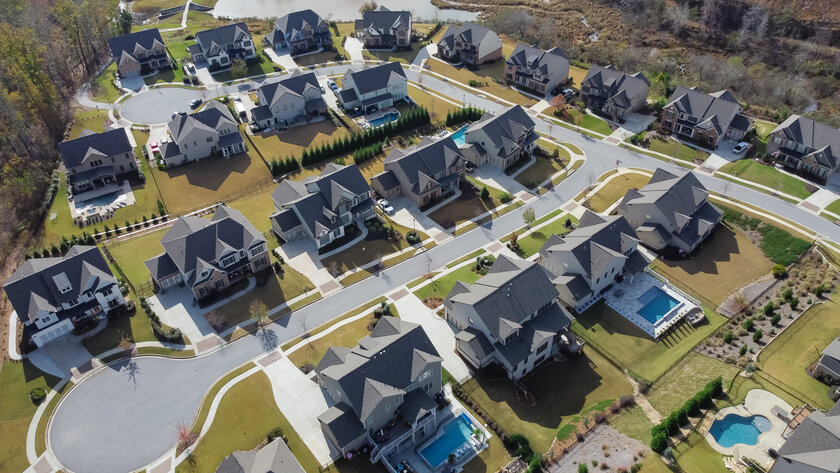Zoning laws enable local governments to control which parts of their jurisdiction may contain real estate or land used for specific purposes. Commercial, industrial, agricultural, and residential zones are a few examples of zoning classifications. Zoning regulations affect you depending on where you live or develop property, so it’s critical to fully understand what zoning in real estate is and how it works. Continue reading to learn more about its purposes, various types of zoning ordinances, and state-specific land zoning laws.
What Are Zoning Laws?
Zoning laws are specific rules and regulations that control the division of land into “zones” by the government or municipality. A zoning law, often known as a zoning ordinance, specifies the permissible uses of real property within zoning districts. Zoning rules essentially establish the kinds of properties permitted to coexist in certain areas of the city—whether particular geographic zones are appropriate for residential or commercial use.

In addition, lot sizes, layout, density, building height, and architectural style may all be controlled by zoning regulations. The processes for addressing any violations of zoning laws, including any associated penalties, are also outlined in zoning ordinances.
How Zoning Laws Work
When an area is designated as a zoning district, the landowner’s use within the zone is subject to particular rules. For instance, a zone may be allocated for a specific type of residential structure, such as single-family homes. On the other hand, zoning districts may have a commercial designation for businesses. Note that some zoning districts may be determined to be mixed-use for both commercial and residential.
Remember that each state, county, and municipality has very different zoning codes. The first place to look for information regarding local zoning laws is your county or municipality’s zoning office, sometimes known as your land use office. You should speak with a local real estate attorney if you have a zoning issue.
What Is the Purpose of Zoning Laws?
Zoning was created with the straightforward goal of ensuring balanced communities. It allows the government to regulate land development and guarantee that the general public is happy with the area they live in. The detrimental effects of industrial zones are minimized for locals by ensuring they are safely separated from residential areas. In addition, zoning permits appropriate land use, facilitates community infrastructure development, and protects existing property from damage or devaluation.
Another purpose of zoning restrictions is to preserve a specific area’s historic appearance or buildings. Zoning laws can restrict real estate development in particular regions, and new structures must match the historic buildings’ height and square footage.
Types of Zoning Regulations
City planners and other interested parties can better comprehend how a city is divided by breaking down the complicated zoning system into simple, general categories. Although most people are only familiar with residential, commercial, and industrial zones, there are a few more to be mindful of:
Land Use & Zoning Laws per State
Keep in mind that each state has rules and regulations regarding their state’s land use and zoning laws. Click on your state below to see its zoning requirements:
- Alabama
- Alaska
- Arizona
- Arkansas
- California
- Colorado
- Connecticut
- Delaware
- Florida
- Georgia
- Hawaii
- Idaho
- Illinois
- Indiana
- Iowa
- Kansas
- Kentucky
- Louisiana
- Maine
- Maryland
- Massachusetts
- Michigan
- Minnesota
- Mississippi
- Missouri
- Montana
- Nebraska
- Nevada
- New Hampshire
- New Jersey
- New Mexico
- New York
- North Carolina
- North Dakota
- Ohio
- Oklahoma
- Oregon
- Pennsylvania
- Rhode Island
- South Carolina
- South Dakota
- Tennessee
- Texas
- Utah
- Vermont
- Virginia
- Washington
- West Virginia
- Wisconsin
- Wyoming
Bottom Line
Zoning was created to build unified locations, regulate traffic flow, and provide space for a city to grow. Unfortunately, zoning implementation led to several unforeseen consequences, including a rise in racial wealth gaps and income disparities. Zoning laws must constantly evolve to accommodate growing populations and demands in the modern era.







